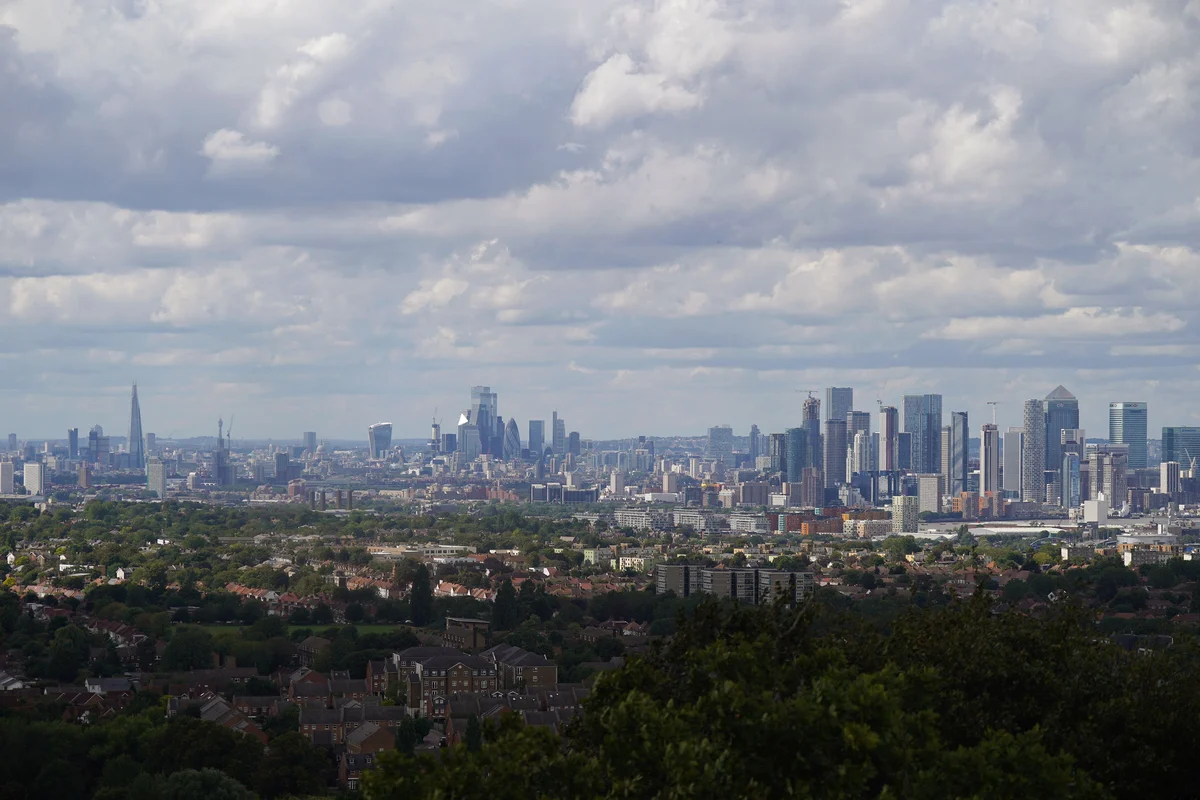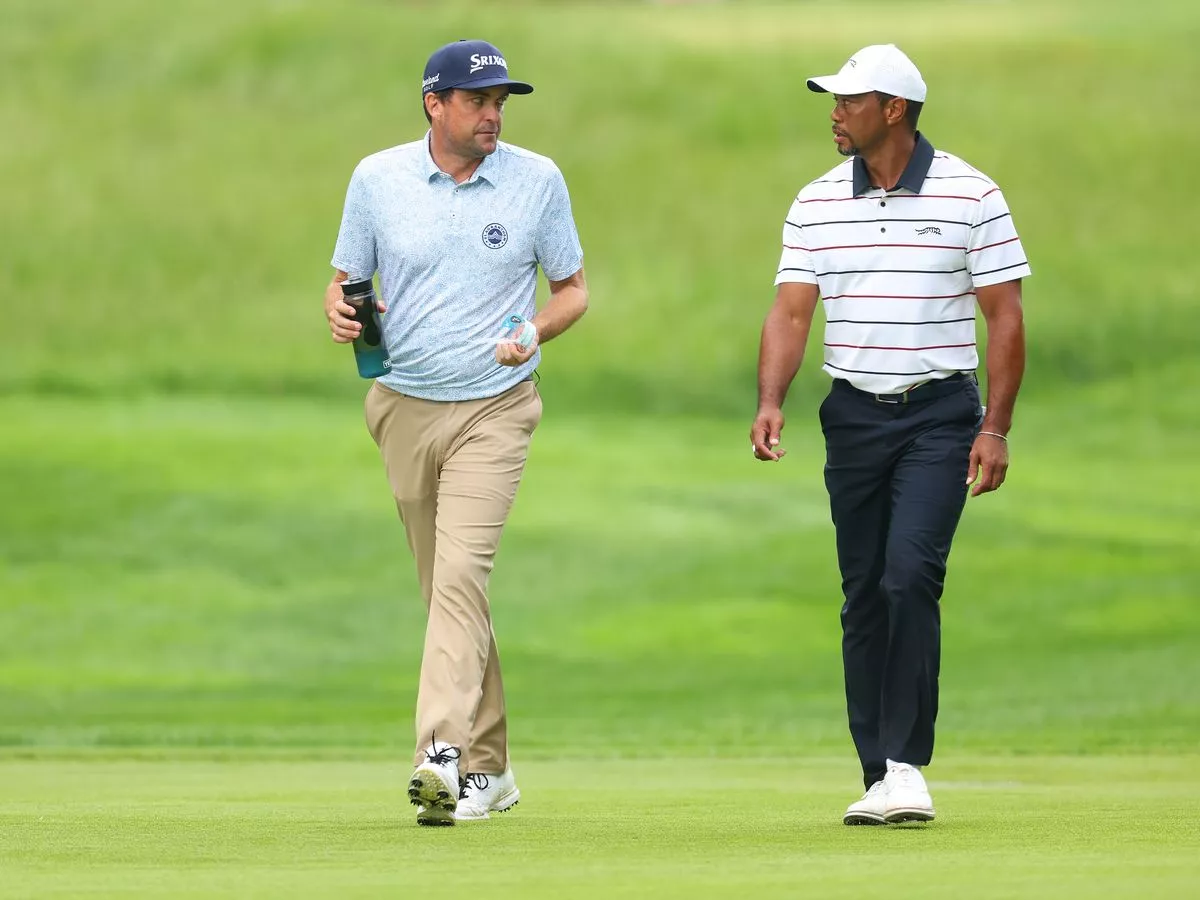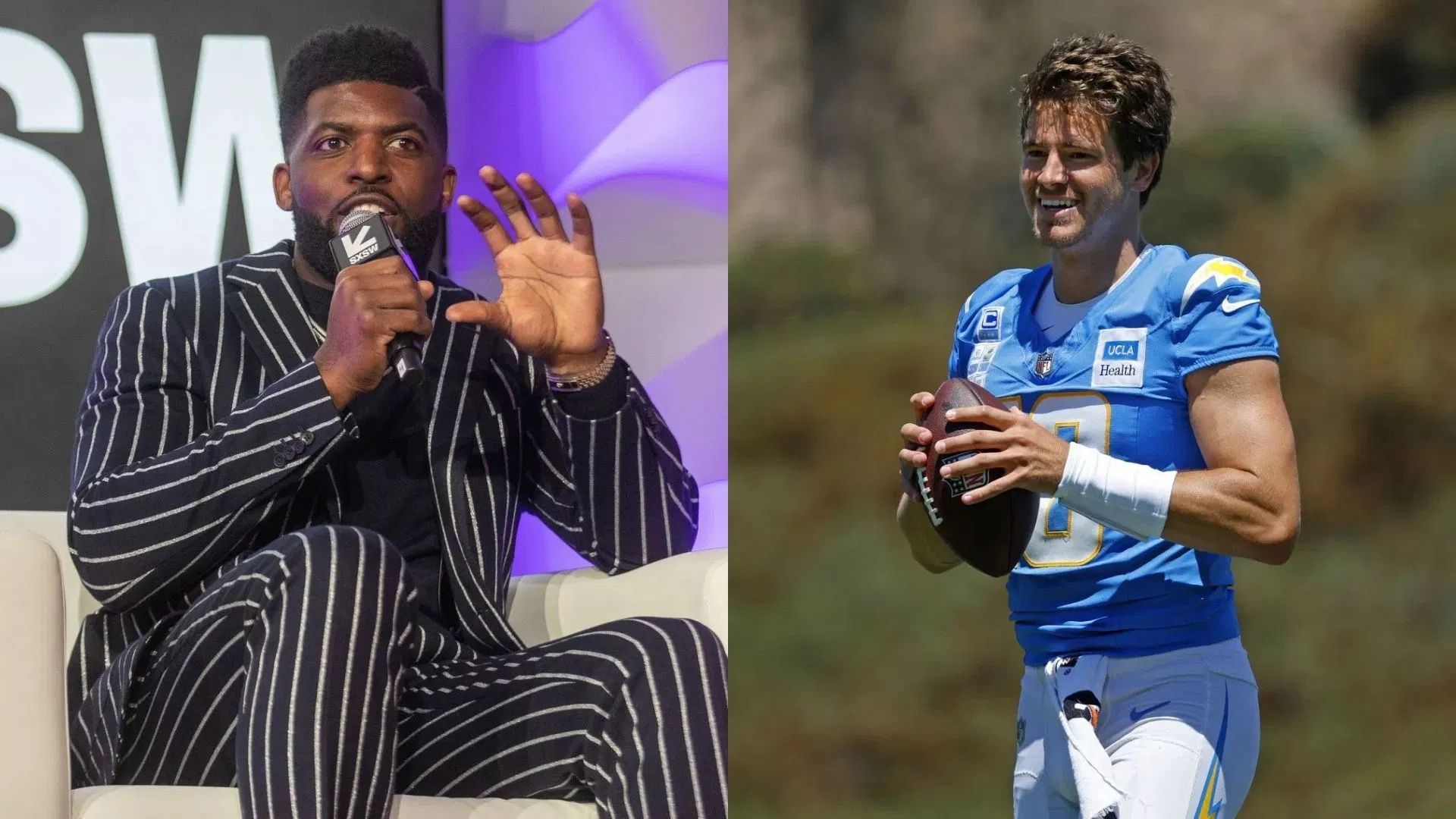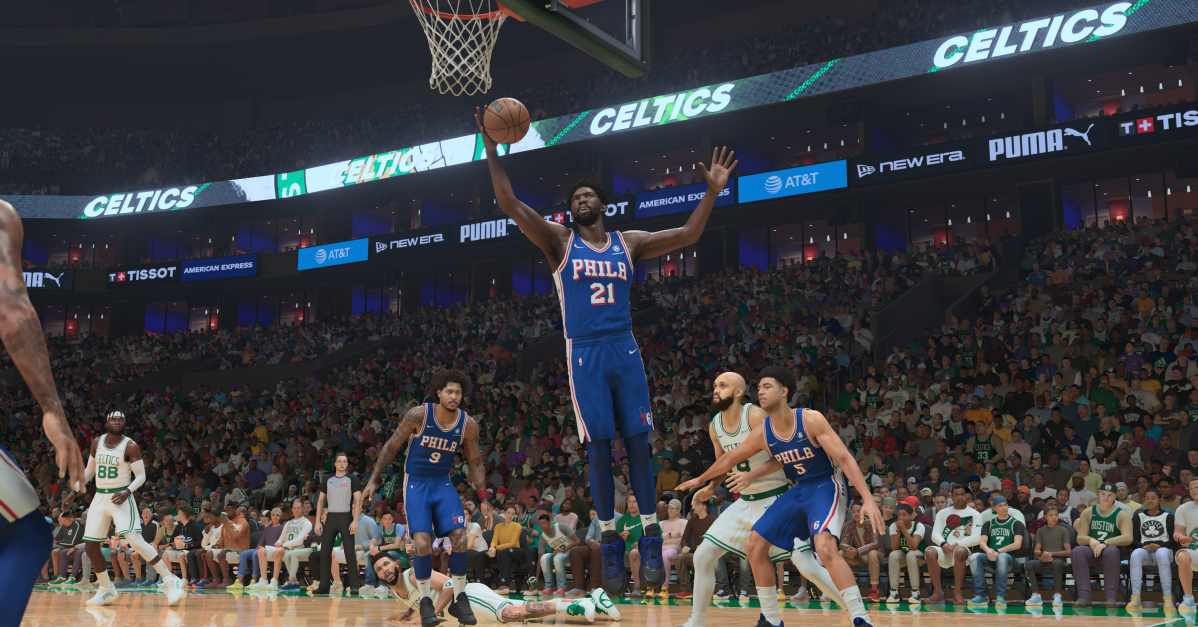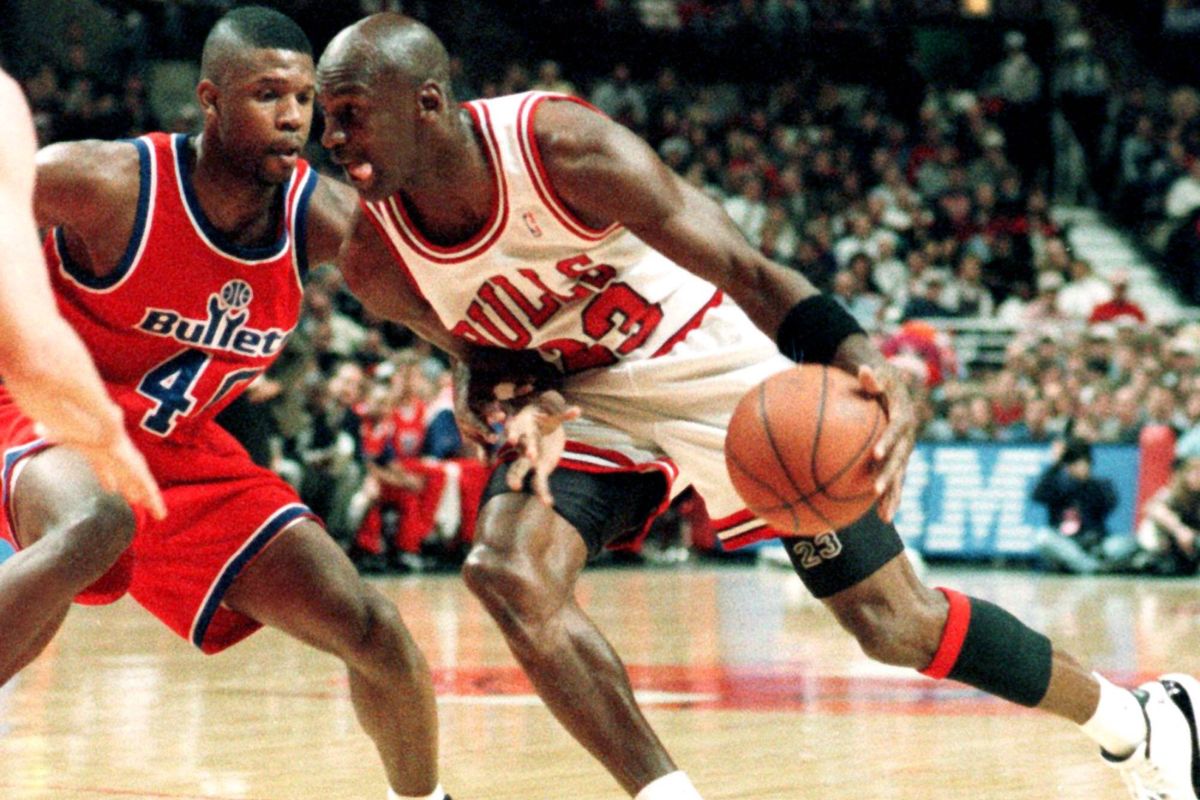
The Chicago Stadium was once the world’s largest arena, yet it couldn’t contain the stardom of the Bulls’ 1984 third overall pick. Michael Jordan didn’t just put Chicago on the map but made the NBA must-see television, something Adam Silver is chasing hard now. To meet demand, the United Center was built quickly, earning the nickname “The House that Jordan Built.” A statue wasn’t enough that the Bulls even had Jordan sign a piece of the floor! So what actually happened to that place?
Logan Paul is now questioning this piece of history. The United Center floor signed by Michael Jordan has been auctioned off, leaving fans wondering why such a one-of-a-kind relic wasn’t preserved or given to the people who cherished it most. What’s even harder to grasp is why the organization removed a piece of the floor in the first place. It’s a mystery that has basketball historians and fans alike searching for answers.
ADVERTISEMENT
Article continues below this ad
Why was the floor removed? NBA protocol & court replacements
For starters, this is standard protocol. The NBA constantly removes and replaces the parquet for other configurations, maintenance, and repairs. The United Center opened its doors in 1994, in the middle of the Bulls dynasty. But as it did at the Chicago Stadium, they shared the arena with the NHL team, the Blackhawks. There are fascinating videos online about the arena’s staff swapping the floors between basketball and ice hockey.
The United Center has had its original flooring from 1994 for a decade. The floors were removed and replaced after the 2005-06 NBA season in compliance with the new regulations. The exact protocols are not public knowledge, but this bit of detail is part of Logan Paul’s lawsuit.
Heritage Auctions listed the “Massive 1994–98 United Center Original Game-Used Court Section (8′ x 8′), Signed by Michael Jordan with Five Inscriptions” on its site. Logan Paul secured it with a final bid of $562,555.42 plus a buyer’s premium. However, Paul filed an injunction against Heritage Auctions in Texas, alleging authenticity concerns.
ADVERTISEMENT
Article continues below this ad
As per court documents, Paul claims he was not allowed to investigate the floor’s authenticity before the auction house solicited payment (which was originally due Sept. 25). Heritage site currently states bidders can buy this floor from the ‘owner’ instead of ‘sold.’)
The Floor’s History With Michael Jordan
In 1991, the Chicago Bulls were on their way to a championship while the NBA was enjoying its highest viewership. Michael Jordan completed his first three-peat in 1993 before retiring for a brief period. The Bulls would move to the United Center the following year. A statue dedicated to MJ was installed outside the arena in 1994, too.
Read Top Stories First From EssentiallySports
Click here and check box next to EssentiallySports
When Jordan returned to basketball in 1995, that floor was where he played his first game. It hosted all home games of the Bulls’ second three-peat from 1996 to 1998.
Jordan retired a second time in 1998 and later went to the Washington Wizards before officially retiring in 2003. Even LeBron James played his first game in the United Center in 2003 on the same floors.
Why does this court section matter to Jordan?
This piece of the old court that was auctioned bears His Airness’ autograph along with five inscriptions – “Air Jordan, 5x MVP, 6x Finals MVP, 10x Scoring Title, HOF 2009.” All his main accolades (the detailed list is a lot longer) he collected in his time with the Bulls.
Heritage Auctions claims this floor is photo-matched to be the same one used until 2006, before it was replaced. Their website states the floor was “hallowed by three World Championships and the footsteps of the most celebrated athlete in the history of American sports.”
Authenticated by Upper Deck with additional LOAs from PSA/DNA, Beckett Authentication Services, it is listed as a limited edition of one, with no other logo sections from this court known to have reached the market!
Why is the floor section significant today?
Michael Jordan’s fame by itself makes him the most searched by collectors around the world. While his cards are always hunted down, they’re usually at a low three-figure value because of the high population. Only the authenticated autographed ones go as high as six figures or more.
His other memorabilia, though, like game-worn jerseys and sneakers, are a whole other ball game. His rookie jersey recently sold for $4.12 million, a lot less than Kobe Bryant’s but still a big number. The Air Jordans from his second of two ‘closed eyes’ games are on the auction block and expected to cross $600,000.
ADVERTISEMENT
Article continues below this ad
Having Jordan’s name in Sharpie on anything quadruples its value. And this floor is not only a massive collectible, it’s a tangible part of history from the ’90s. If you just remove Jordan from the equation, it’s the first hardwood in a brand new arena in Chicago, a city bustling with historical buildings.
Its value in history goes beyond whatever it is auctioned for. It’s, however, unclear that beyond not being allowed to verify the floor, what exactly has Logan Paul doubting it. The deadline has passed, though, and we’d have to see what happens to the floor now.
